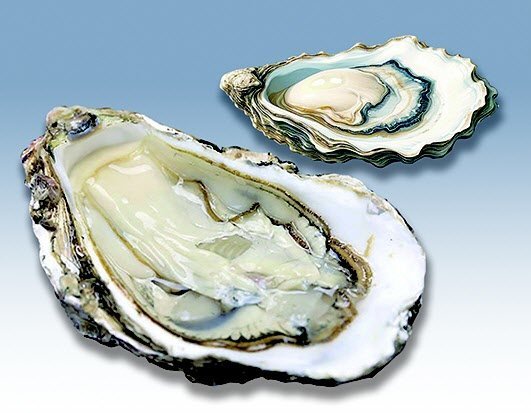Safeguarding the Reputation of the 'Land of Oysters'
Safeguarding the Reputation of the 'Land of Oysters'
Posted March. 21, 2024 08:03,
Updated March. 21, 2024 08:03

The prevalence of oyster shells in shell middens scattered across the country is remarkably high. While various shellfish and whelks are available for harvesting throughout the year, the proportion of oysters, which may become inedible at certain times due to toxins, is significant. This suggests a long-standing proliferation of oysters along the Korean Peninsula's coastline.
Traditionally, it was advised not to consume oysters when barley ears were harvested or to gather them when cherry blossoms fell. Similarly, Europe has a tradition of avoiding oysters from May to August unless the month contains the letter 'R.' This precaution is due to the sour taste that oysters may acquire during their spawning period, caused by the production of toxins.
Foreign visitors to fish markets often express surprise at the sight of oysters being packaged in nets and sold by weight, a practice uncommon in many other countries. This reflects the accessibility of oysters at affordable prices in Korea, thanks to the abundant harvests facilitated by the optimal farming conditions in the South and West Seas. Consequently, oyster enthusiasts can indulge in their favorite delicacies year-round without breaking the bank.
In 2014, the National Institute of Fisheries Science achieved a breakthrough with tetraploid technology, enabling the production of triploid oysters. By cross-fertilizing sperm from tetraploid oysters with eggs from diploid oysters in artificial seed culture farms, triploid oysters were successfully cultivated. Following a pilot aquaculture program in 2015 to test mass production methods, mother shells were distributed to fishermen in 2016. Eco-friendly aquaculture technology is being introduced that drastically reduces the use of Styrofoam buoys (approximately 1,600 per 10,000 m2) used in existing Pacific oyster farms, with individual oyster farming employing only 600 per 10,000 m2.
Maintaining a hygienic farm environment is paramount for oyster production. Norovirus infections deter even avid oyster lovers, often from human waste contamination near fish farms or inadequately equipped fishing vessels lacking proper purification facilities. The adverse impacts of human waste flowing in from toilets near fish farms or fishing boats lacking adequate purification facilities are significant.
In 2012, the U.S. Food and Drug Administration uncovered norovirus, a pathogen responsible for food poisoning, in Korean oyster farms, prompting a complete import ban on Korean oysters. The contamination was attributed to human waste seepage in fish farms. In response, several local governments along the southern coast took measures to enhance environmental purification, including the installation of public toilets at sea, leading to the eventual resumption of exports. Despite ongoing efforts by local authorities and fishermen to improve farm environments, reports of norovirus infections persist. The key to expanding the oyster consumption market lies in ensuring clean ocean environments free from norovirus contamination.





![유학생들은 어쩌다 ‘먹튀’, 불법체류자가 되었나[이미지의 포에버 육아]](https://dimg.donga.com/c/138/175/90/1/wps/NEWS/IMAGE/2026/01/18/133179004.1.jpg)

